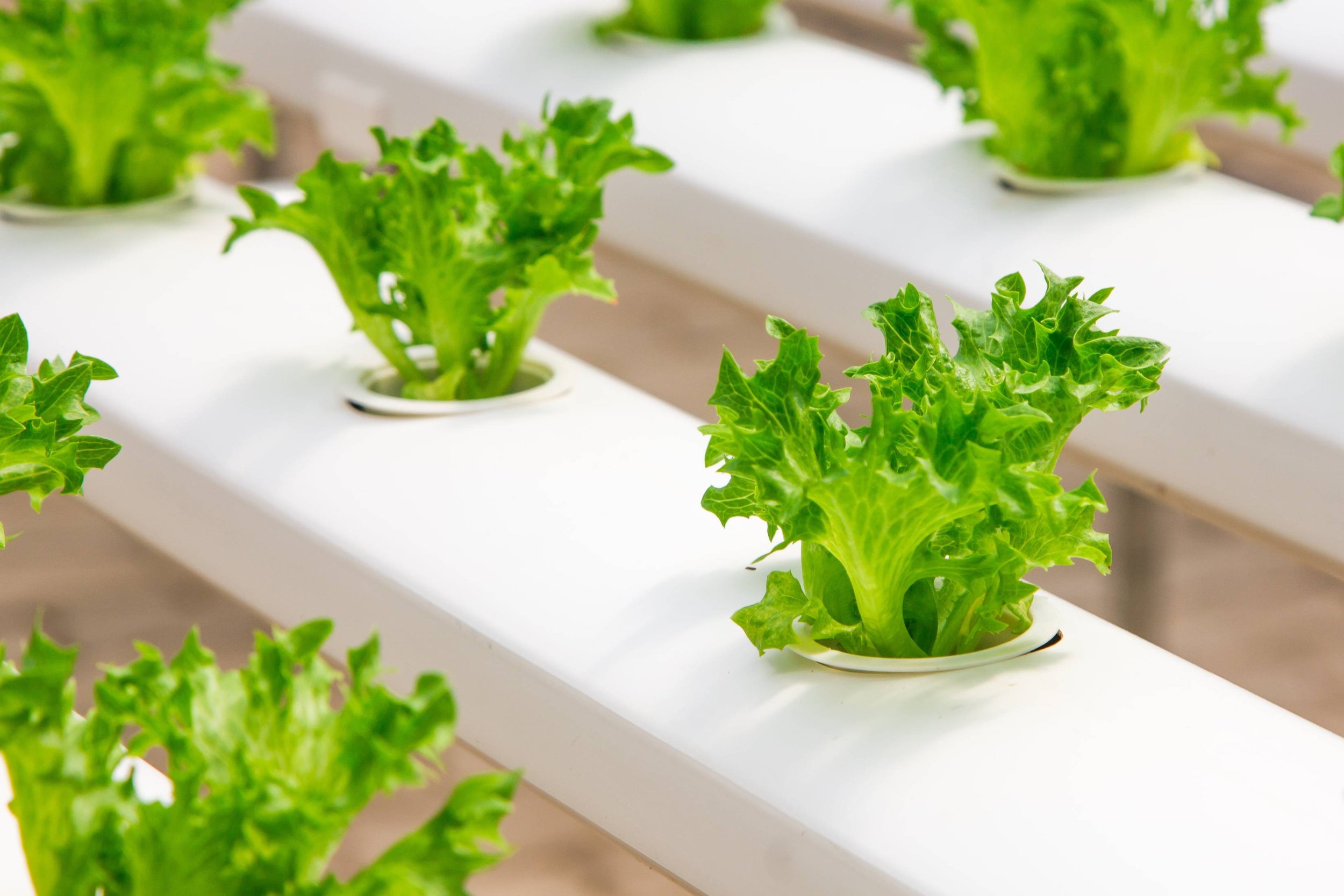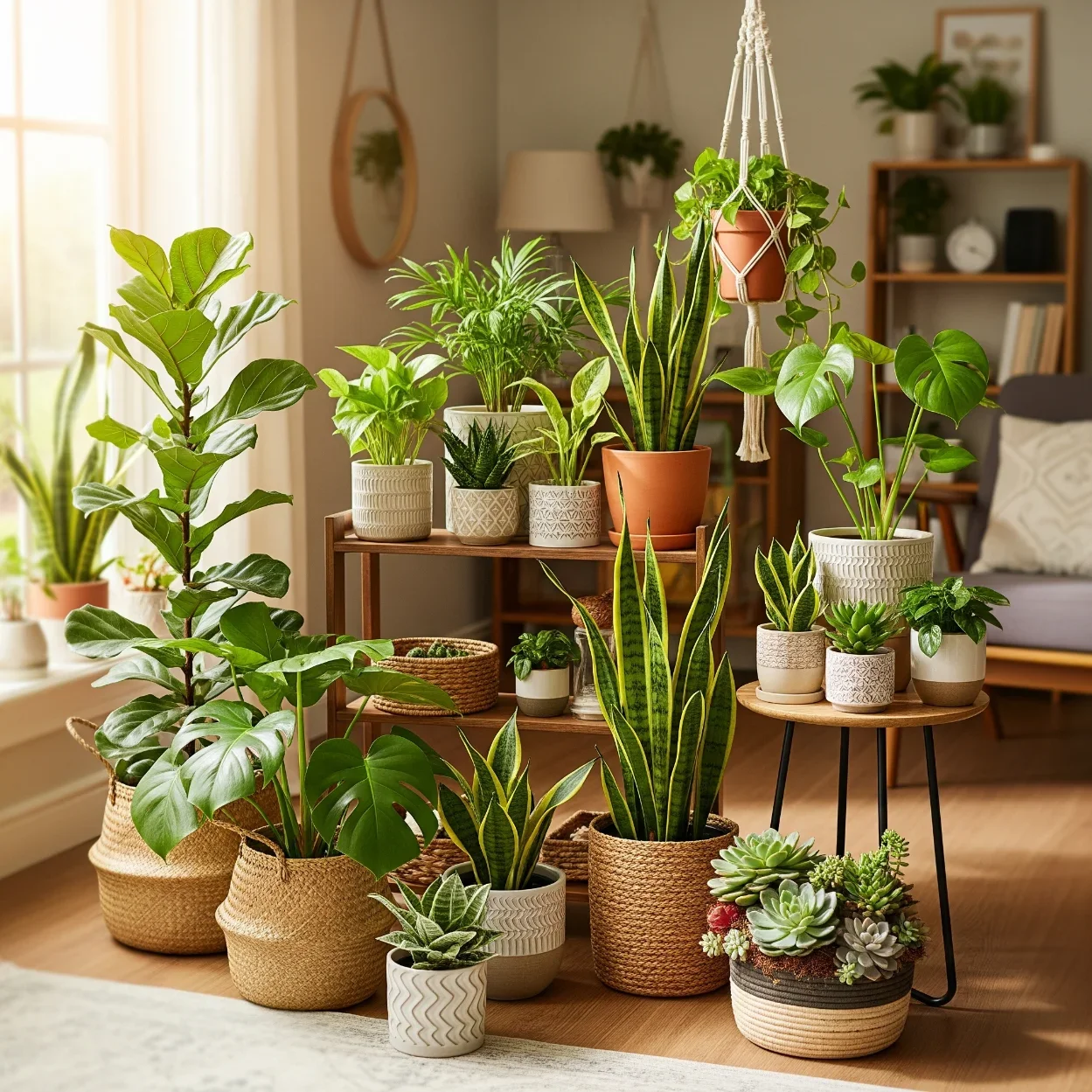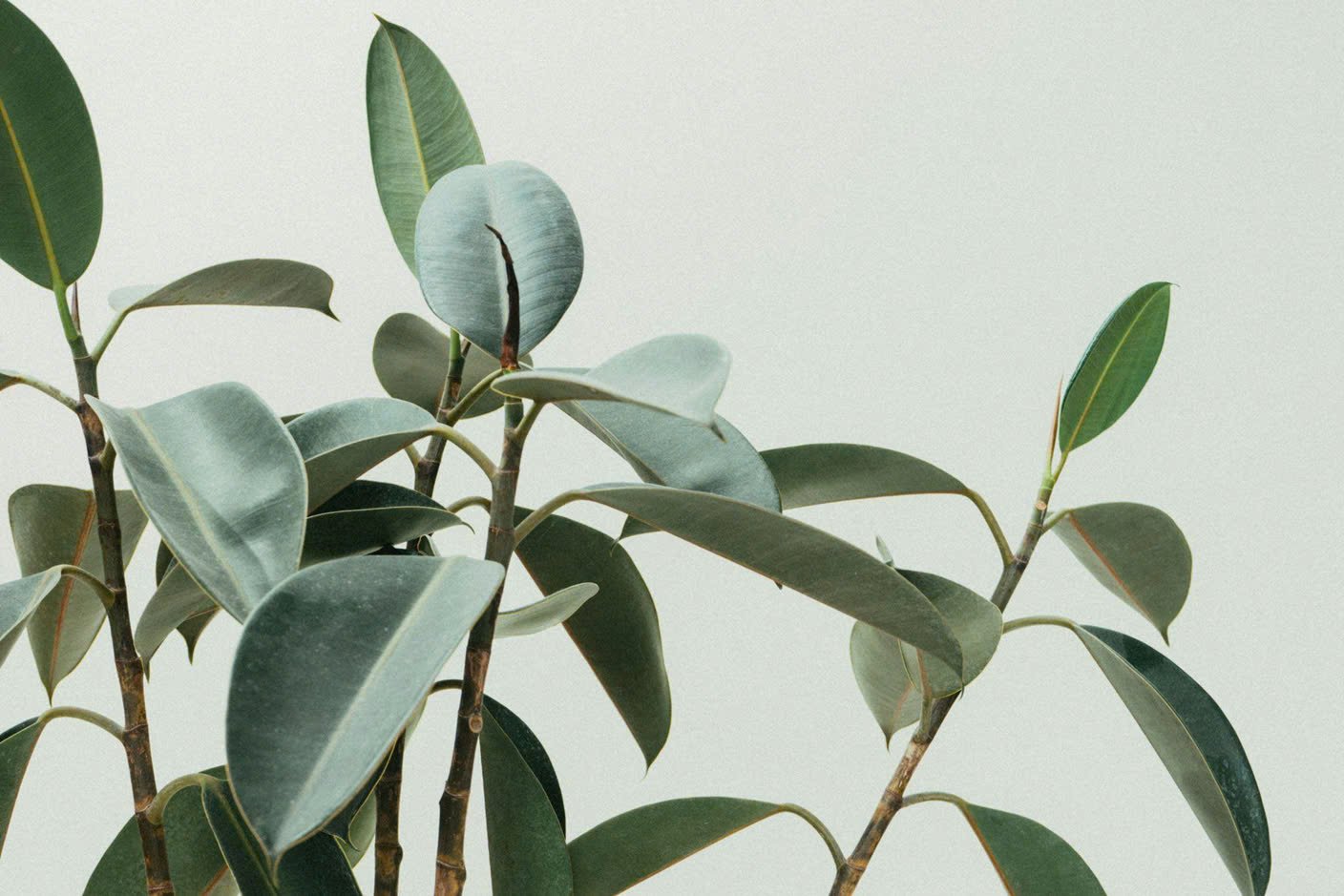Leafy Greens on Demand: A Guide to Growing Lettuce Indoors
Grow fresh, crisp lettuce at home year-round with this simple guide to indoor gardening—perfect for small spaces and healthy eating on demand.
Supermarket lettuce is a gamble. One day it’s fresh and crisp, the next it’s a soggy mess buried behind forgotten leftovers. The solution? Grow it yourself indoors. It’s not just for urban homesteaders or plant nerds anymore. Anyone with a bit of space, curiosity, and the right tools can do it. Growing lettuce indoors means fresher greens, fewer store runs, and less waste. Plus, there’s something oddly satisfying about snipping your salad while still wearing socks.
Light It Right: The Secret Sauce for Crisp, Lush Lettuce
Lettuce might be low-maintenance, but it’s picky about one thing: light. If your kitchen window receives only a few hours of sunlight, your greens will become leggy and mournful. To promote steady growth and development of flavor, numerous indoor gardeners count on LED grow lights for leafy vegetables, which supply the particular light spectrum lettuce requires to flourish without sun. These energy-efficient and sun-mimicking systems allow home growers to simulate optimal daylight conditions, even in windowless spaces. Translation: no more guessing, no more droopy leaves. Just crisp, happy greens on your terms.
Lettuce All-Stars: Top Varieties That Thrive Indoors
Some lettuces throw tantrums indoors. Others? They love it. Loose-leaf varieties like Black Seeded Simpson or Oakleaf are reliable performers. They are fast, forgiving, and tender. Butterhead types like Bibb or Boston add a soft, buttery texture that is perfect for wraps. And if you're into a little crunch, baby romaine brings that classic Caesar vibe. Skip the iceberg lettuce because it's slow and space-hungry. Want a little flair? Heirloom mixes bring colors and frill that make salads look like they belong in a bistro. Choose your lettuce like you’d pick a playlist. Variety keeps things interesting.
Indoor Lettuce Setup: 5 Things You Need
1. Containers That Fit Your Space
Shallow trays, vertical planters, and even repurposed bins work—just ensure drainage.
2. The Right Soil
Use light, well-draining potting mix. Garden soil is overly compacted, which suffocates the roots.
3. Consistent Moisture
Keep soil damp, not soaked. A spray bottle works wonders for young seedlings.
4. Good Air Circulation
Stale, wet air invites mold. Crack a window or run a small fan nearby.
5. Light Placement and Duration
Aim for 12–16 hours of exposure a day with proper lights. Keep the lights 6–12 inches above the plants for even growth.
How to Harvest Without Wrecking Your Crop
Here’s the trick to never running out: harvest the outer leaves and leave the center alone. Lettuce is like that one friend who keeps giving as long as you don’t ask for too much at once. Cut with sharp scissors, leaving about an inch from the bottom, and allow the plant to settle. In about a week, it’ll bounce back. Rinse, repeat, salad. Depending on the variety, you can do this several times before the plant quits. It’s the Netflix binge of gardening—on demand, with minimal effort.
It’s Not Just Salad; It’s Sanity
Yes, you’ll get fresher greens. But growing lettuce indoors also feeds your need for calm. It slows you down best, breaks up screen time, and gets you closer to what’s on your plate. It's satisfying, sustainable, and surprisingly addictive. Plus, no sad, forgotten lettuce sludge at the back of your fridge. That alone is a small win worth growing for.
The Final Crunch: Make It a Habit
Start small with maybe a few heads under lights on a kitchen counter. From there, let your setup grow with your confidence. Indoor lettuce doesn’t ask for much, but it gives back big. It’s fresh. It’s fuss-free. And once you taste your first homegrown harvest, those sad store-bought bags will be a thing of the past.









